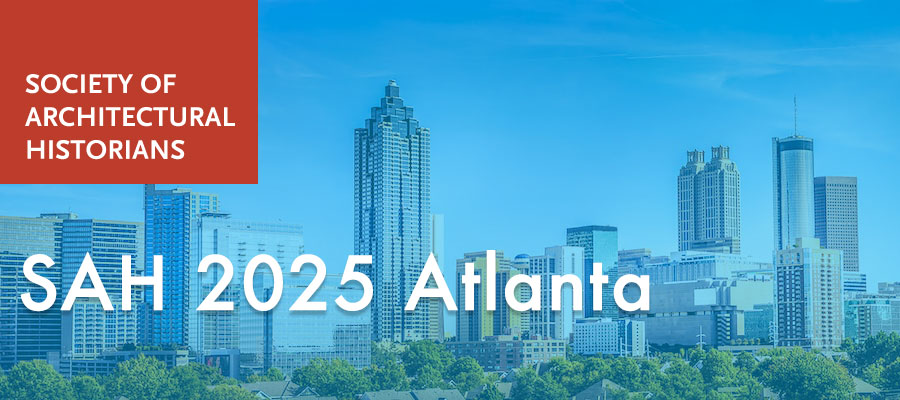Interaction vs. Isolation: Development of Settlements in the Mediterranean Basin, session at the 2025 Annual International Conference of the Society of Architectural Historians, April 30–May 4, 2025
The Mediterranean region has been a historical hub of trade and cultural exchange for millennia, and settlements have often been impacted by the circulation of people and goods. This panel considers the degree of connectivity between human habitats has molded both urban and rural spaces.
Experts in archaeology, history, and geography have studied how interaction or isolation influenced the cultural, economic, social, and political development of these communities. Those located along trade routes or coastal areas are most likely to be transformed by incorporating external influences, fostering cosmopolitan societies. In contrast, remote regions less frequently came into contact with different cultures, and sometimes faced challenges such as the scarcity of resources. Though not entirely insulated, remote settlements have proven more likely to maintain distinct local cultures.
Analysis of the interplay of internal and external forces—climate change, resource availability, trade networks—reveals complex factors shaping settlement growth and decline. This panel on the built environment of the Mediterranean offers insights into the development of settlements at different scales through isolation and circulation since the rise of Islam in the 7th century.
Focusing on architecture and material evidence from interdisciplinary approaches, contributions to this panel will enhance the understanding of Mediterranean settlements. Although the period we propose to consider begins with Islam's arrival in the region, essays need not be limited to consideration of Islamic aspects.
Questions to be considered include, but are not limited to:
- Diversity within religious traditions and the interaction of those traditions with other cultures;
- How local and external markers of identity shaped the built environment;
- How building materials and techniques were shaped by the local environment, commerce, and interaction across long distances;
- Theological and cultural considerations shaping structures and communities;
- How a given area's cultural and physical characteristics shaped settlements;
- How the interaction between broader social factors such as economics, demographics and local conditions has changed over time.
Session Chairs
Michael Toler, Aga Khan Documentation Center, MIT Libraries
Beniamino Polimeni, University of Hertfordshire
